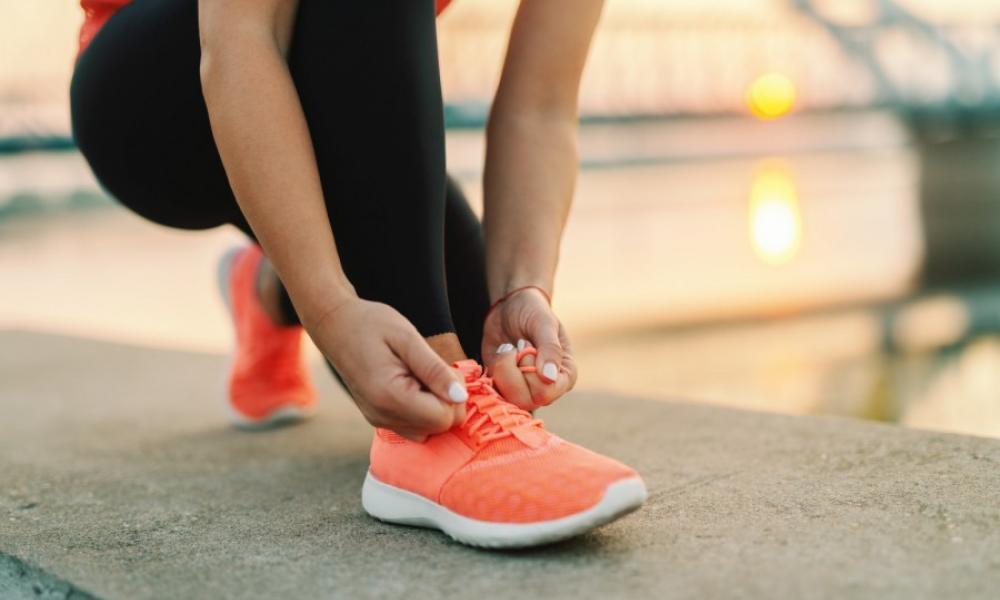
Choosing shoes
Getting the right shoes will make a difference for almost all foot problems and the importance of appropriate footwear should not be underestimated. A bit of trial-and-error to get the right shoes might remove the need to seek out professional help.
Changes to shoes will be part of most professional discussions about foot problems. Comfort should be the main consideration when choosing shoes.
High-heeled shoes or shoes that pinch your feet can contribute to the development of deformities such as bunions or hammer toes (a toe that is bent permanently downwards).
Your feet may change shape as you get older, especially if you have rheumatoid arthritis (RA), so you may need to try a different size or width fitting. If the footwear protects your feet against injuries, supports them and keeps them warm, dry and comfortable, it's doing its job.
An adequate fastening will improve fit generally and help if the feet swell.
Leather uppers are usually the most comfortable if you have foot problems, although many modern materials offer breathability, flexibility and comfort. Look for a cushioning sole unless you've been advised by a doctor or podiatrist that rigid soles are better for your particular foot problem.
If you have hammer toes or prominent joints, look for a smooth lining without seams.
If you need special insoles or orthoses, make sure there's enough room to fit them, especially in the toe area.
Around the house, slippers may feel the most comfortable for hammer toes and prominent joints, but make sure the soles provide adequate cushioning. You should also make sure that they are non-slip/trip. Always wear shoes when you're outside to make sure your feet are properly supported.
Factors to consider when buying shoes
Have your feet measured if they've become wider over the years or have changed shape because of your RA. Your feet may change shape when you stand up, so have them measured while standing. Many shops have experienced fitters.
Try shopping later in the afternoon. If your feet tend to swell, they'll be at their largest at that time.
Judge a shoe by how it feels on your foot and not just by the size marked on the shoe. Size varies between shoe brands and style. Think about how the shoe fits around your toes, under the soles and at the back of the heels.
Always buy your shoes to fit the larger foot; many people have one foot bigger than the other. An insole can be used in the other shoe. There can be at least 1 cm of room at the front of the biggest toe.
Try shoes on with the type of socks or stockings you normally wear or with any insoles (or orthoses) you normally use. Some insoles may need extra depth, especially in the toe area.
Don't buy shoes to break in later; the right shoes for you will be comfortable when you first try them on.
Buy shoes that have both leather uppers and inners (the inner lining) if possible. These are more breathable than inners made of synthetic materials and will help to avoid dampness and fungal infections.
Look for dark colours and a suede finish if you're worried about the appearance of your feet - they'll help to minimise the problem.











